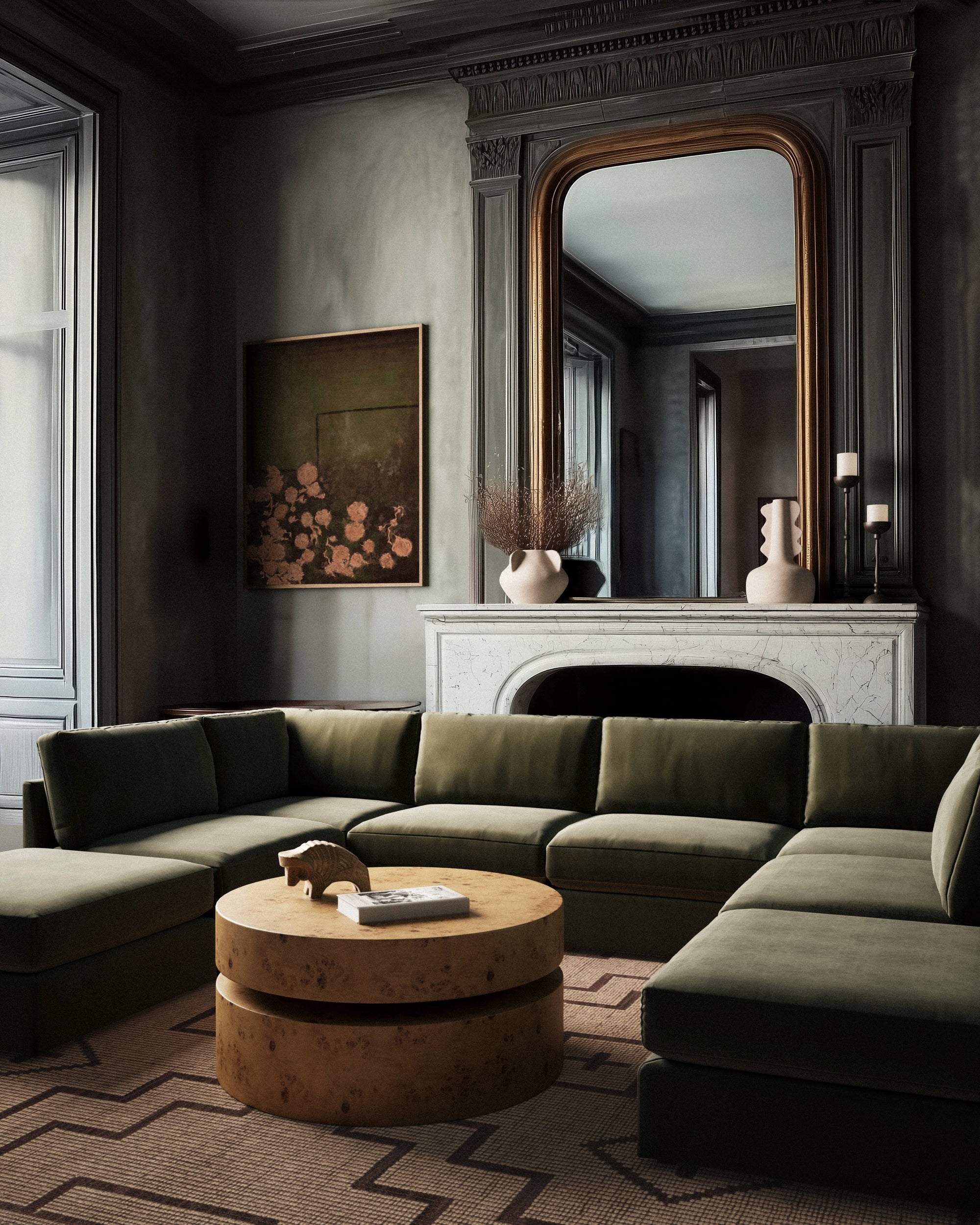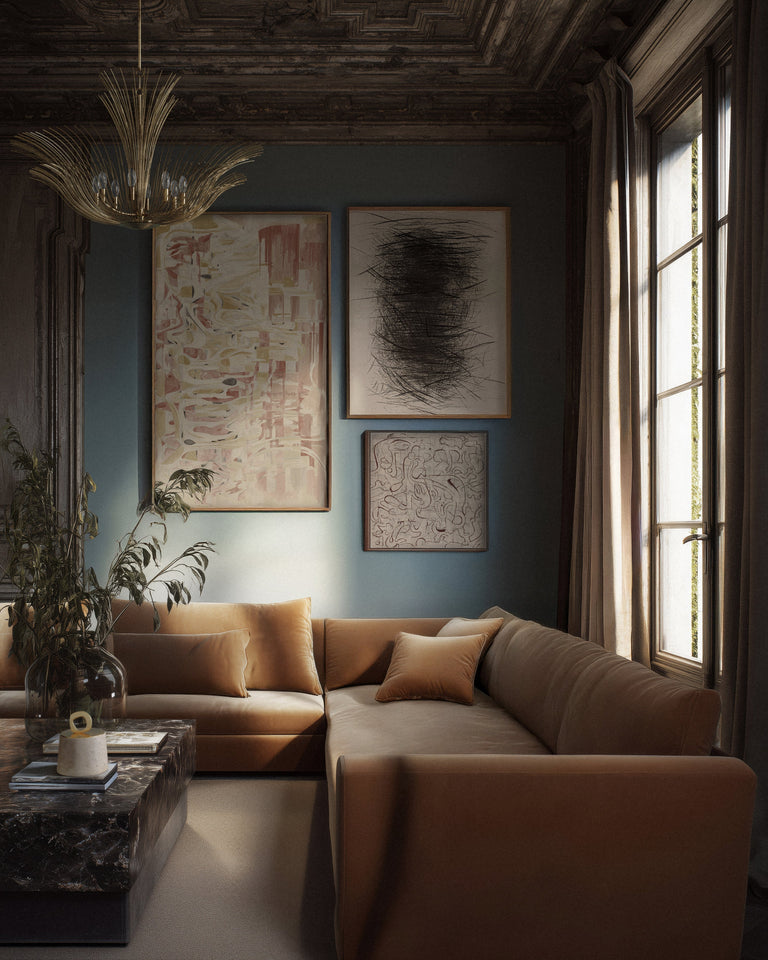
Architecture of Comfort: Milo Baughman's Legacy on Design
In the pantheon of American furniture design, few names carry the quiet authority of Milo Baughman. Working from his Thayer Coggin studio in High Point, North Carolina, from the 1950s through the early 2000s, Baughman didn't merely create furniture, he architected a new understanding of how we inhabit our living spaces.
Baughman's genius lay in his recognition that comfort and sculpture need not be opposing forces. While his contemporaries often chose between aesthetic boldness and physical ease, Baughman insisted on both. His pieces possessed what he called "honest luxury"—forms that revealed their construction rather than concealing it, materials that aged gracefully rather than demanding constant maintenance.
"I have never been interested in fads or gimmicks," Baughman once reflected. "I design for comfort, beauty, and timelessness." This philosophy manifested in furniture that felt both monumental and intimate—pieces substantial enough to anchor a room yet inviting enough to draw you in.

The Craft Behind the Vision
What distinguished Baughman's work wasn't just aesthetic vision but an unwavering commitment to construction excellence. Each piece began with meticulous attention to the frame—the invisible foundation that would determine how the furniture moved, felt, and endured.
Baughman understood that lasting comfort began with structural integrity. His frames were built using traditional joinery techniques, with hardwood construction that created a foundation capable of supporting decades of use. The curves that defined his seating weren't merely aesthetic choices but careful calculations of how the human body seeks support and release.
Even the most functional elements received Baughman's careful attention. Chrome-plated steel bases weren't simply supports but sculptural statements in their own right. The way a chair swiveled, the angle at which it reclined, the silent precision of its movement—all reflected an understanding that true luxury lay in flawless function as much as beautiful form.

Baughman's material palette was deliberately restrained, focused on elements that would improve with time rather than deteriorate. Rich leathers that developed patina, solid woods that deepened in color, metals that maintained their luster—each choice reflected his belief that great furniture should become more beautiful with age.
Modular Design
Perhaps Baughman's most prescient insight was his embrace of modular design. Long before "flexibility" became a furniture buzzword, he recognized that modern living demanded adaptable solutions. His sectional systems could expand or contract, reconfigure for intimate conversations or large gatherings, adapt to new spaces as life evolved.
This modularity never compromised aesthetic integrity. Each component was designed as a complete sculptural statement while maintaining perfect compatibility with others in the system. The result was furniture that could grow and change while maintaining its essential character.
Legacy in Contemporary Craft
Today's finest furniture makers continue to draw from Baughman's example—not through direct copying but through adoption of his core principles. The emphasis on structural excellence, the marriage of comfort and sculpture, the commitment to materials that age gracefully—these insights remain as relevant today as they were in Baughman's era.
The architecture of comfort, as Baughman conceived it, remains as relevant today as ever—perhaps more so in our increasingly complex world. His legacy reminds us that the best design doesn't shout for attention but earns it through quiet excellence, enduring beauty, and the simple pleasure of things done right.
Drawn from the ethos of mid-century American modernism, the Chanaux Collection reinterprets the sculptural clarity of Milo Baughman. Modular forms meet tailored proportion—each piece a study in balance, restraint, and quiet sensuality.
The Chanaux becomes architecture in motion: sectional compositions that respond to the contours of a room, dissolving into the rhythms of daily life.
Handcrafted in North Carolina, the collection pays homage to traditional upholstery techniques—each module built for permanence, designed for expression.
Discover our complete Chanaux Collection, where the eternal principles of sculptural comfort meet contemporary upholstery mastery. Each piece represents our commitment to seating that serves not merely as furniture, but as vessels of quiet refuge in the grand tradition of American modernism.
Recent Edits






